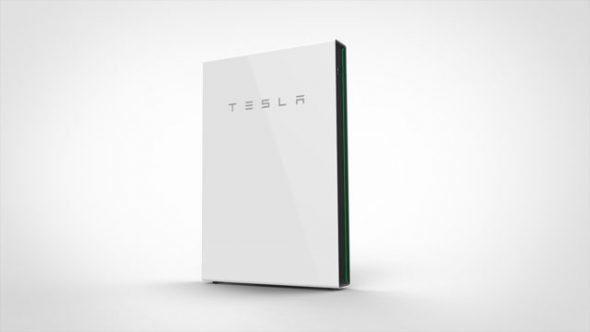 The technical specifications of the Powerwall 2 have been released and you can read all about them here. We now know there will be two versions – A DC coupled one which will need a compatible multimode (hybrid) inverter. And an AC coupled one that can be integrated with any existing or new rooftop solar system, regardless of what type of inverter it has.
The technical specifications of the Powerwall 2 have been released and you can read all about them here. We now know there will be two versions – A DC coupled one which will need a compatible multimode (hybrid) inverter. And an AC coupled one that can be integrated with any existing or new rooftop solar system, regardless of what type of inverter it has.
In addition, Tesla has released the warranty document for the DC coupled Powerwall 2. It’s a very good bet the warranty for the AC coupled version will be identical, and it allows us to determine the cost per warrantied kilowatt-hour.
And it is good.
The SolarQuotes Battery Comparison table gives the cost per warrantied kilowatt-hour for over 30 battery systems when fully cycled once per day. The results are shown in the graph below, and as you can see, both versions of the Powerwall 2 are well ahead of the closest competition.
The Powerwall 2 is almost 30% cheaper than its next closest competitor, but the comparison is actually better than the graph makes it appear because the AC version of the Powerwall 2 includes a built in battery-inverter and the DC version includes a built in DC converter while its closest competitors on cost per stored kilowatt-hour do not.
This means the AC Powerwall 2 could installed without any additional hardware while the next 4 battery systems on the graph would require a separate battery-inverter to be installed the same way.
But the 7th system from the left, the Enphase AC Battery, does include its own battery-inverter and can be used with any rooftop solar system, just as the AC version of the Powerwall 2 can.
While the Powerwall 2 is still not cheap enough for the large majority of people to save money by installing one, it is possible that some large users of electricity with 5 kilowatts or more of rooftop solar will be able to save money by installing one, so the introduction of the Powerwall 2 marks the point where the economics of on-grid energy storage starts to favour households rather than just the people selling batteries.
See also: Tesla price shock: Solar and battery storage as cheap as grid power and Solar and battery storage beat best gird offers by one quarter in South Australia
Finn Peacock is Founder & CEO at SolarQuotes









